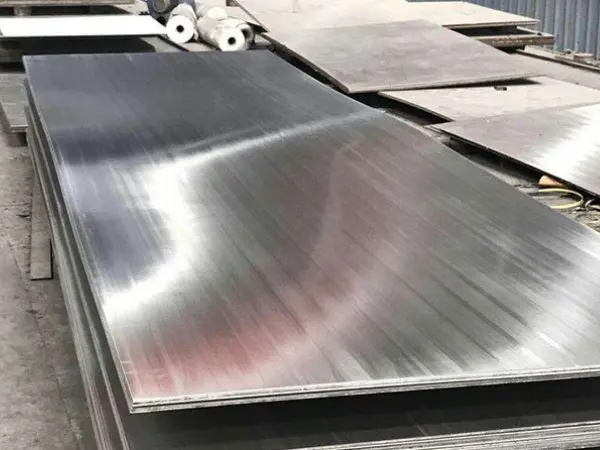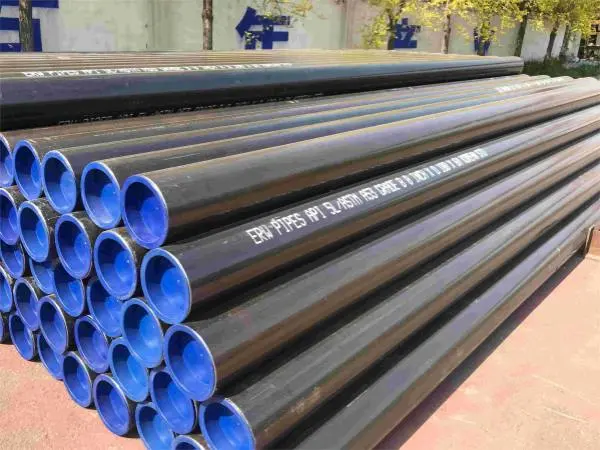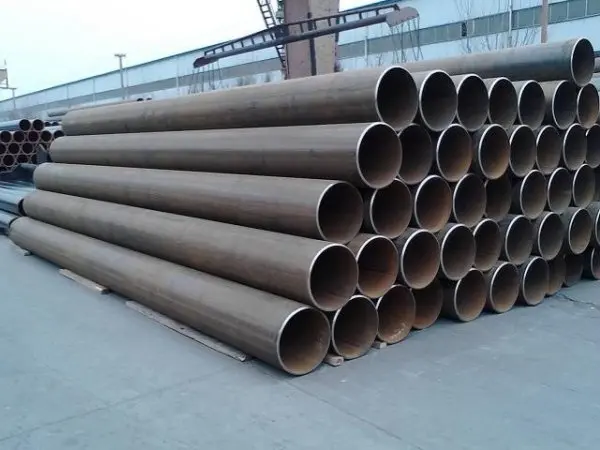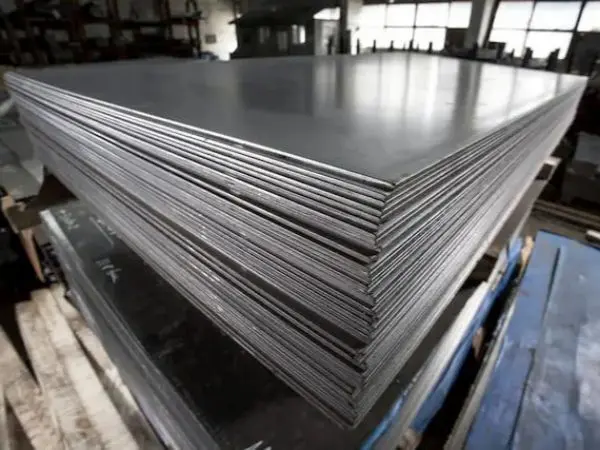- Phone0086 731 8564 8255
- E-mailsales@cscsteel-manufacturing.com
-

Seamless steel pipes (SMLS pipes) are essential in various industries, such as petroleum, chemical, machinery, and construction, due to their exceptional mechanical properties, corrosion resistance, and pressure-bearing capabilities. These attributes make them a top choice for transporting fluids, supporting structures, or serving as equipment components. However, to maximize performance, extend service life, and prevent safety incidents, certain key points should be followed when using seamless steel pipes.
1. Selecting the Appropriate Material and Specifications
Choosing the right seamless steel pipe material is crucial based on the specific environment and requirements of use. Different materials offer varying levels of corrosion resistance, high-temperature endurance, and mechanical strength. For instance, low-carbon alloy steel or stainless steel seamless pipes are ideal for oil and natural gas transport, given their resistance to high pressure, temperature, and corrosion. Matching the correct specifications to the application is equally important to avoid resource waste or safety risks from using pipes with incorrect dimensions.
2. Ensuring Strict Quality Inspections
Before seamless steel pipes are utilized, thorough quality inspections are essential. This includes:
Appearance checks (for cracks, rust, scratches)
Dimensional accuracy checks (wall thickness, outer diameter, length)
Chemical composition analysis
Mechanical property testing (e.g., tensile strength, yield strength, impact toughness)
If needed, non-destructive testing methods such as ultrasonic or X-ray testing should be employed to detect internal defects. These checks ensure each pipe meets design specifications and industry standards.
3. Correct Installation and Fixation
Proper installation of seamless steel pipes must follow strict operational guidelines. Before installation, the pipes must be cleaned of internal debris to prevent blockages. During installation, specialized tools and equipment should be used to avoid damaging the pipes. For welded joints, choosing the appropriate welding method and materials is critical to maintain weld quality. Additionally, securing the pipes firmly will prevent issues like leaks or breakage caused by factors such as vibration or displacement.
4. Thoughtful Layout and Support
When planning the layout of seamless steel pipes, it’s important to consider factors like flow direction, flow rate, pressure, and temperature to ensure optimal system performance. Avoid sharp bends or angles to minimize fluid resistance and pipe stress. Adequate supports and hangers should be installed to evenly distribute the weight and force on the pipes, preventing deformation or damage due to uneven pressure.
5. Regular Maintenance and Inspection
Seamless steel pipes are subject to wear, corrosion, and aging during use, which can degrade their performance over time. Regular maintenance and inspection are necessary to:
Check for signs of damage or corrosion on the pipes' surface
Measure wall thickness to ensure it remains within acceptable limits
Verify the integrity of connections, such as valves and pipe flanges
Any detected issues should be addressed promptly to prevent escalation and ensure the safe operation of the entire pipeline system.
6. Attention to Medium Characteristics and Operating Conditions
The properties of the medium flowing through the pipes and the operating conditions should be carefully considered. Different media may cause varying levels of corrosion or abrasion to the pipes, requiring suitable anti-corrosion or wear-resistant measures. Similarly, factors such as temperature, pressure, and flow rate affect pipe performance, and these should be factored into both design and use to ensure safe, stable operation.
7. Emergency Plans and Response
To handle potential emergencies, such as leaks or explosions, a comprehensive emergency response plan is essential. The plan should clearly outline the roles of the emergency team, preparation of resources, response procedures, and post-incident actions. Regular emergency drills should be conducted to improve response capabilities and ensure efficient management of any incidents.
Conclusion
The use of seamless steel pipes requires attention to detail at every stage—from selecting the right materials and ensuring correct installation, to performing regular maintenance and having an emergency response plan in place. By following these guidelines, seamless steel pipes can deliver optimal performance, enhancing industrial operations and ensuring personnel safety.




